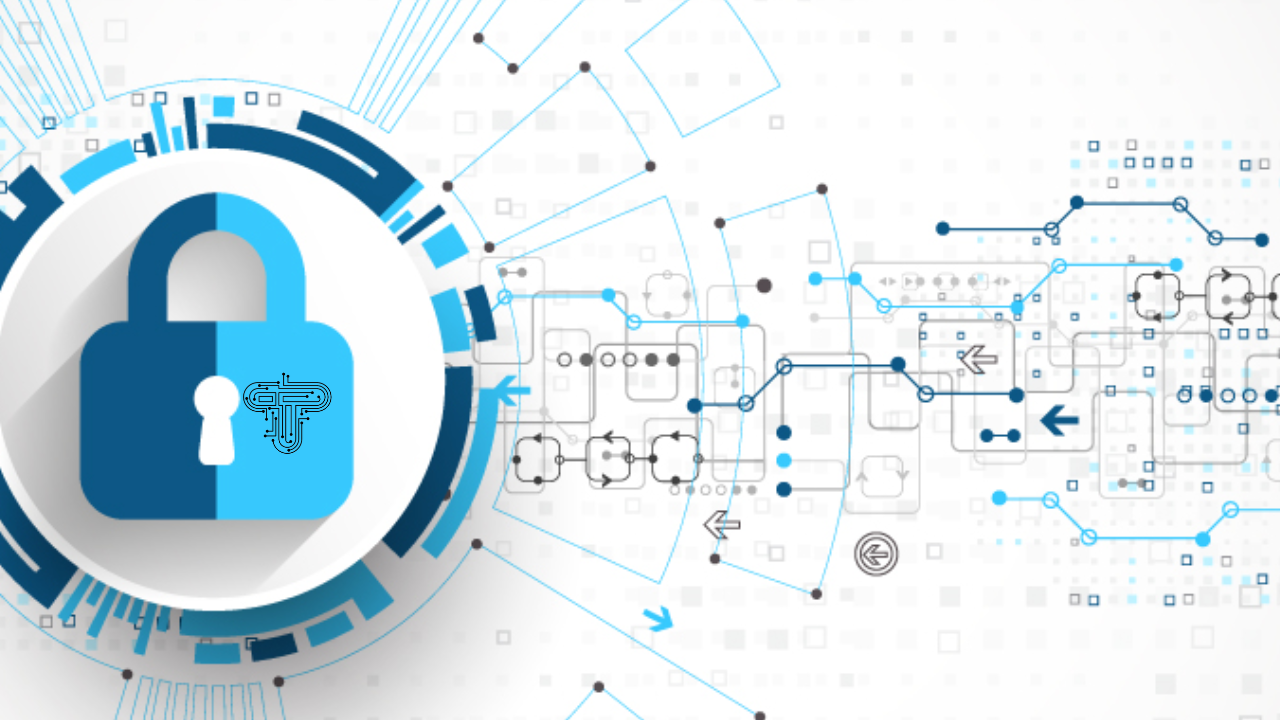3 Essential Ways to Strengthen Your Security with Smarter Access Controls
Photo from pixels
In today’s digital landscape, securing access to sensitive data has become more crucial than ever. As cyber threats grow more sophisticated, so must your approach to protecting your business’s most valuable information. This is where intelligent access control steps in, adding an extra layer of security that blocks unwanted access while allowing trusted users seamless entry. By implementing more refined access controls, you’re not just defending data but empowering your business to operate safely and efficiently. Here are three essential ways to strengthen security with more innovative access controls.
The Power of Zero-Trust: Only Trust What’s Proven
The concept of zero-trust access has taken center stage in today’s security strategies, and for a good reason: it ensures that no one gets in without earning that trust. This approach verifies every user, device, and access request to confirm authenticity, reducing the chances of unauthorized entry. Zero-trust means users cannot access your system without proven credentials, dramatically reducing risk. With this in place, every login is another checkpoint that strengthens your security framework. By only trusting what’s verified, your system protects against phishing attempts, internal threats, and unauthorized entries.
Implementing zero-trust access also minimizes potential damage if a breach does occur, as each segment of your system remains protected. With compartmentalized access, the damage is contained even if one section is compromised, and other parts of the system stay secure. The focus on zero-trust keeps your system vigilant, requiring ongoing verification to prevent any oversights. This access control ensures only verified users navigate your system, creating a safer, more secure digital environment. By investing in zero-trust, you’re building clever defenses that adapt to and prevent evolving threats.
Elevate Your Security With Granular Privilege Controls
One of the most potent tools in access management is restricting privileges, giving users only the access they need to do their jobs. Instead of granting blanket permissions, granular privilege controls allow you to assign specific access rights based on each user’s role. This strategy prevents unnecessary access to sensitive data and limits the potential for internal breaches. With privileged access management (PAM), you create a structured security environment that keeps vital areas off-limits to those without the proper clearance. This targeted control is critical to reducing the risks associated with broad access.
Beyond protection, granular privilege controls also streamline workflows by ensuring users only interact with the data and systems necessary for their tasks. This approach minimizes the likelihood of errors and accidental breaches while promoting accountability within your team. When employees understand their access is limited to their needs, they’re less likely to encounter sensitive information by accident. Using PAM within your access strategy reinforces security and prevents potential breaches from occurring internally. By granting access only where needed, you’re taking a proactive step in safeguarding your data.
Monitor, Review, and Adjust for Continuous Security
Security isn’t a “set it and forget it” task; it demands continuous monitoring, reviewing, and adapting. Keeping a close eye on access logs and permissions lets you catch any unusual behavior and address potential threats before they escalate. Regular reviews help you maintain an accurate record of who has access to what, ensuring access permissions align with current roles. Monitoring also gives you insights into usage patterns, which can reveal areas where permissions may need to be tightened or adjusted. This real-time approach keeps you one step ahead of potential security threats.
Consistent access reviews also allow you to identify permissions that may no longer be necessary, reducing risk and eliminating excess access. Adjustments based on current usage make maintaining streamlined, secure access easier. Reviewing and removing outdated permissions closes potential security gaps as employees transition roles or leave the company. By staying vigilant, you’re fortifying your digital defenses and showing that security is a priority. Continuous monitoring turns access control into an active safeguard, making your system resilient against unwanted entry.
Read More
Conclusion
Smart access controls are essential to keeping your business data secure and empowering your team to work confidently. By incorporating zero-trust practices, limiting access privileges, and maintaining vigilant monitoring, you’re building a multi-layered defense that adapts to potential threats. These access strategies don’t just protect your data — they enhance your entire security framework. The more intentional and strategic you are about access, the more control you have over your business’s security landscape. Take control with these more brilliant access methods, and create a safer digital environment that grows with your company.







